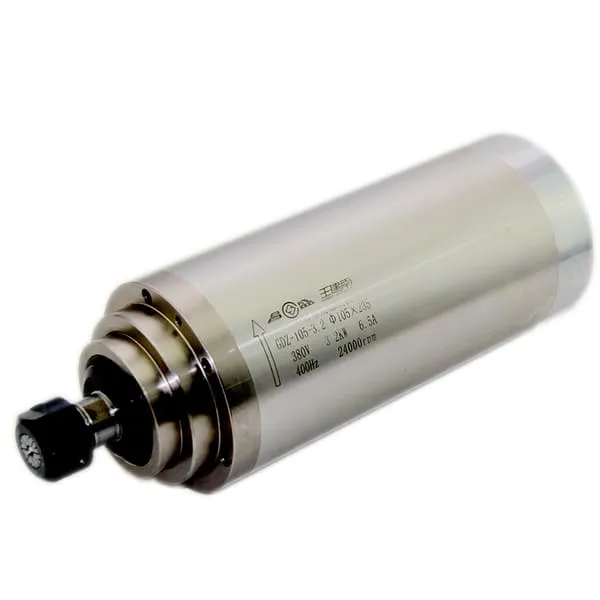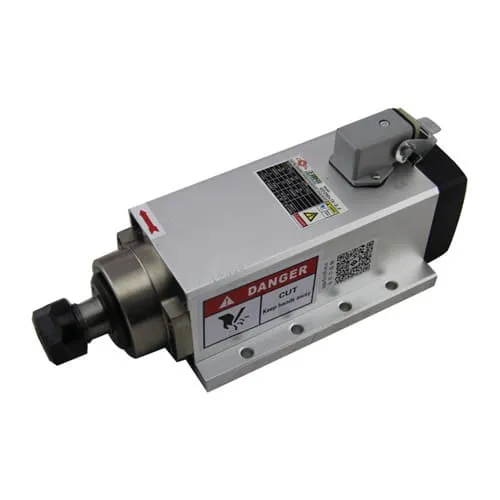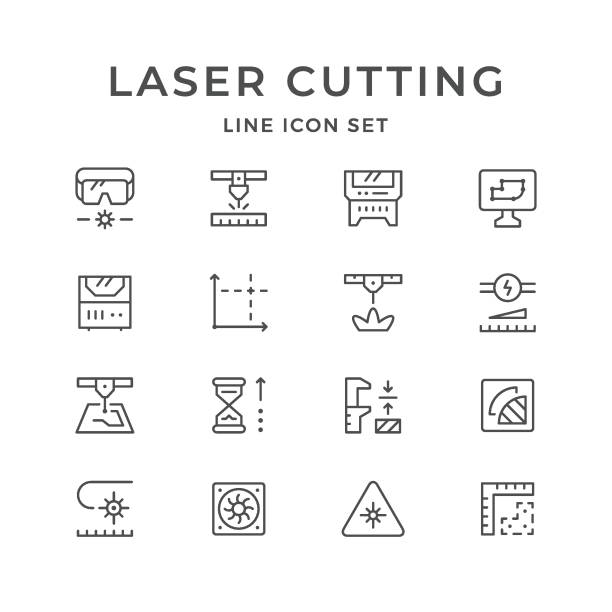The field of CNC machining has grown into one of the most promising sectors in manufacturing today. If you’ve ever wondered, “What do you need to be a CNC machinist?”, you’re in the right place. This career path blends technical knowledge, hands-on experience, and critical problem-solving skills. In this article, we will explore everything required to embark on a rewarding career as a CNC machinist—from certifications and training to skills and personal attributes.
Understanding CNC Machining
What is CNC Machining?
CNC machining stands for Computer Numerical Control machining. It refers to the automated control of machine tools (like lathes, mills, routers, etc.) by means of a computer. The CNC machine interprets data from a specific program to shape materials into desired forms with incredible precision. These machines play an essential role in the production of complex parts across industries like automotive, aerospace, and electronics.
- Core Elements: The process involves several types of machines, each serving a unique function—including lathes for rotational parts, mills for cutting, and routers for intricate designs.
- Automation Advantage: CNC machinery can carry out repetitive tasks with high levels of accuracy, eliminating human error and increasing production speed.
If you want to learn more about CNC spindle options that help improve machining efficiency, consider visiting our CNC Spindle Motors 

 page. It’s an excellent resource for understanding how CNC spindles support high-quality operations.
page. It’s an excellent resource for understanding how CNC spindles support high-quality operations.
Why is CNC Machining Important in Manufacturing?
The significance of CNC machining cannot be overstated. It has redefined precision, efficiency, and scalability in manufacturing. CNC machinists use their skills to make critical components for a range of industries. Without CNC machining, many of today’s highly precise and efficient manufacturing processes simply wouldn’t be possible.
- Precision and Complexity: CNC machining allows for micrometer-level precision.
- Versatility: The technology can be used on a wide range of materials—from metal and wood to plastic and foam.
Education and Training Needed for a CNC Machinist
High School Diploma or GED
The first step towards becoming a CNC machinist is obtaining a high school diploma or GED. Foundational subjects like math, physics, and technical drawing are important because they provide the basis for understanding machining and programming.
- Mathematics: A solid understanding of algebra, geometry, and trigonometry is essential. Mathematics is involved in measuring parts, calculating cutting speeds, and ensuring precision.
- Technical Education: High schools with vocational programs may offer classes in metalworking or technical drawing, which can be highly beneficial.
Vocational Training Programs
Vocational training programs provide specialized education that goes beyond high school. These programs are often offered by community colleges or technical schools and typically last from six months to two years.
- Coursework: The curriculum includes blueprint reading, CNC programming, machine tool operation, and safety practices.
- Certifications: After completing a training program, you may qualify for entry-level positions in the field or even pursue advanced certifications, such as those from the National Institute for Metalworking Skills (NIMS).
Certification Options for CNC Machinists
Certifications are not always required, but they can significantly improve employability. There are several certification options, such as:
- NIMS Certification: The National Institute for Metalworking Skills offers certifications in various aspects of CNC machining, which are recognized across the industry.
- MasterCAM Certification: This focuses on specific software skills, which can be particularly useful for machinists working in environments that require extensive programming.
- OSHA Certification: This certification in workplace safety can make you a more attractive candidate, as it assures potential employers that you understand the regulations required to maintain a safe work environment.
Skills Required to Become a CNC Machinist
Technical Skills
Blueprint Reading
CNC machinists must be proficient in blueprint reading. Blueprints provide all the details necessary to create parts, from dimensions and tolerances to material specifications. A machinist interprets these blueprints to ensure the workpiece is made according to design.
- Geometric Dimensioning and Tolerancing (GD&T): Understanding GD&T is crucial, as it defines the limits within which parts can vary.
CNC Programming
CNC programming involves creating the G-code that controls the movements of the machine. While entry-level machinists may not be responsible for writing the programs, understanding how they work is vital for troubleshooting and minor adjustments.
- CAM Software: Learning software like MasterCAM or SolidWorks helps in designing and programming the machine effectively.
Problem-Solving and Analytical Skills
CNC machining is not always a straightforward process. Issues such as tool breakage, workpiece warping, or machine malfunction can arise. A good machinist must be able to analyze problems and find solutions quickly to avoid production delays.
- Quick Decision-Making: The ability to act quickly and correctly is crucial to maintaining workflow.
- Attention to Detail: A minor mistake can result in an expensive rework. This job requires constant attention to accuracy.
Physical Stamina and Safety Awareness
CNC machinists work in an environment that demands physical stamina. The role often involves standing for long periods and handling machinery, which can be demanding. Following safety protocols is also an integral part of the job, ensuring both personal and team safety.
- Personal Protective Equipment (PPE): Always wear safety glasses, gloves, and ear protection.
- Safe Machine Operation: Understanding OSHA standards and following safe procedures reduces the risk of accidents.
The Daily Role of a CNC Machinist
Setting Up Machines
One of the most critical tasks for a CNC machinist is setting up the CNC machine. This involves installing the correct tools, calibrating the machine, and loading the workpiece. A successful setup ensures that the machine will operate without issues during the production run.
- Tool Selection: Choosing the correct cutting tools is crucial, as each material requires a specific type of tool.
- Calibration: Precision calibration ensures the machine makes cuts at the right location and depth.
Running and Monitoring the Machine
Once the setup is complete, the machinist starts the machine and monitors it throughout its operation.
- Monitoring Outputs: The machinist checks the machine’s output to ensure quality is maintained throughout the production run.
- Adjustments: Making adjustments on the fly is common. If the machine starts drifting out of specification, a skilled machinist must correct it immediately.
Quality Assurance and Inspection
Quality assurance is a crucial part of a CNC machinist’s role. Once a part is made, it must be inspected to ensure that it meets design specifications. A variety of tools, such as calipers, micrometers, and coordinate measuring machines (CMMs), are used to perform these inspections.
- First Article Inspection (FAI): Often, the first part made is thoroughly inspected to verify that the machine setup is correct.
- Batch Quality Control: Regular checks during production ensure that every part meets quality standards.
Tools of the Trade for a CNC Machinist
CNC Machines
CNC machinists operate a wide range of machinery. Each machine has its unique function, and understanding the differences is crucial for mastering CNC machining.
- Milling Machines: Use rotating tools to cut away material.
- Lathes: Rotate the workpiece to create symmetrical objects.
- Routers: Used for cutting softer materials like wood, plastics, and foams.
For those interested in learning more about how different types of CNC spindles can optimize machine performance, check out our CNC Router Spindles 

 options.
options.
Measuring Instruments
A CNC machinist must use a variety of measuring instruments to ensure accuracy. The most common tools include:
- Calipers and Micrometers: For precise measurements.
- Height Gauges: Used to measure the height of components with high accuracy.
- CMM (Coordinate Measuring Machine): Advanced tool used to verify the dimensions of complex parts.
CNC Software
CNC software is crucial for programming and executing CNC operations. Two of the most commonly used software programs are:
- MasterCAM: Helps in programming tool paths and simulating machining operations.
- Fusion 360: A cloud-based program that offers both design and manufacturing capabilities.
Career Outlook for CNC Machinists
Job Prospects and Demand
The career outlook for CNC machinists is promising, with steady demand across manufacturing industries. As industries move towards greater automation and precision manufacturing, CNC machinists are becoming invaluable.
- Industry Growth: The Bureau of Labor Statistics projects a consistent demand for CNC machinists due to increased production needs.
- Job Security: As technology advances, skilled CNC machinists will continue to be essential, especially for custom and precision parts.
Opportunities for Advancement
Becoming a CNC machinist can open doors to various career paths within the manufacturing sector. With experience, machinists can move up to positions such as:
- CNC Programmer: Write and optimize the programs that control CNC machines.
- Manufacturing Engineer: Oversee production processes, improve efficiency, and troubleshoot manufacturing challenges.
- CNC Supervisor: Lead a team of machinists and ensure that production goals are met.
Advantages of Being a CNC Machinist
High Demand in Diverse Industries
The skills of a CNC machinist are in demand across various industries, including automotive, aerospace, and medical devices. The wide applicability of CNC skills makes for robust job security and opportunities for specialization.
- Automotive: CNC machines are used to create precise engine parts and other critical components.
- Aerospace: High-tolerance parts, often made from difficult-to-machine materials, are produced using CNC technology.
Hands-On and Rewarding Work
If you enjoy hands-on work and problem-solving, becoming a CNC machinist can be highly rewarding. The role involves a blend of technical knowledge and practical skills, giving machinists a real sense of accomplishment when a perfect part is produced.
FAQs
1. What education is required to become a CNC machinist?
To become a CNC machinist, you typically need a high school diploma or GED and vocational training in CNC machining or a related field. Certifications can also help improve your employability.
2. How important is certification for CNC machinists?
Certification isn’t always required but can significantly improve your career prospects and demonstrate expertise to potential employers.
3. What skills are needed to be a successful CNC machinist?
Skills such as blueprint reading, CNC programming, problem-solving, and mechanical aptitude are crucial for success as a CNC machinist.
4. What are the main types of CNC machines used in manufacturing?
The main types of CNC machines include lathes, mills, and routers, each designed for different types of tasks and materials.
5. Can CNC machinists advance to other roles?
Yes, with experience, CNC machinists can become CNC programmers, manufacturing engineers, or shop supervisors.
Conclusion
Becoming a CNC machinist is a promising career path that offers opportunities for growth, job stability, and rewarding hands-on work. With the right combination of education, technical skills, and certifications, anyone can start a fulfilling career in this field. CNC machinists are crucial to modern manufacturing, producing parts that meet stringent quality standards and keep industries moving forward. To further explore the possibilities in CNC machining and learn about the essential tools and spindles that can boost your performance, visit our CNC Spindle Options 

 . Investing in high-quality tools and continuing education will set you up for success in this dynamic field.
. Investing in high-quality tools and continuing education will set you up for success in this dynamic field.

